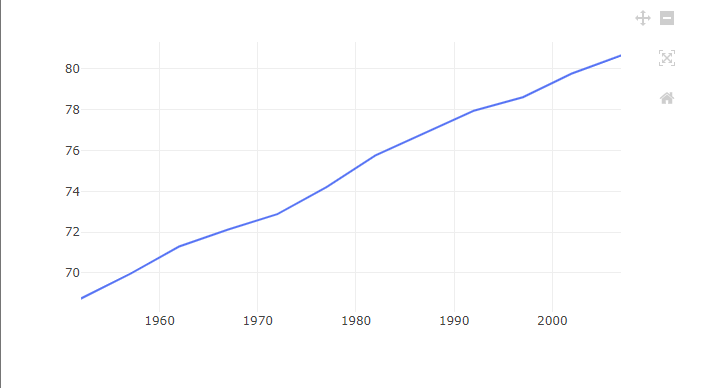把剩下的圖一起介紹完吧。
圓餅圖的部分和前面也都差不多,一樣是用data數組去寫入。
def index():
return rx.pie(
data = rx.data(
'pie',
x = ['good', 'bad', 'none?'],
y = [1, 2, 4],
),
color_scale="qualitative",
pad_angle = 5.0,
inner_radius = 100.0,
start_angle = 60.0,
)
結果圖如下。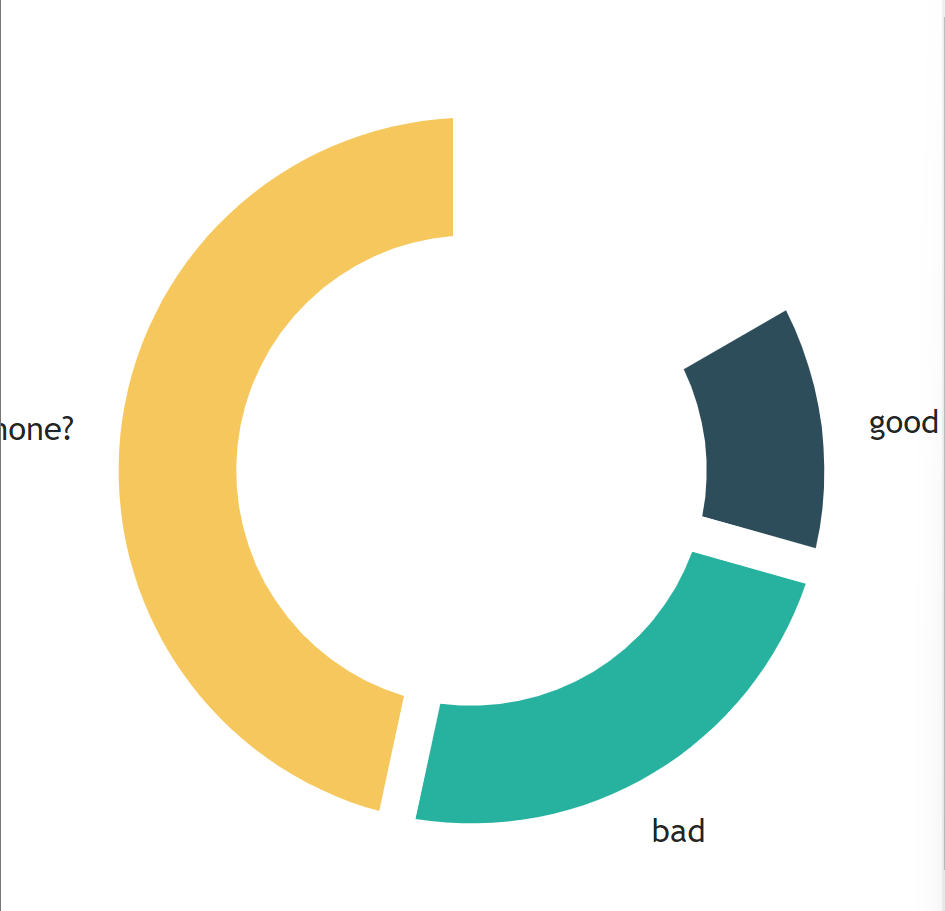
color_scale有一系列的色標, "grayscale", "qualitative", "heatmap", "warm", "cool", "red", "green", "blue".,可以套套看。
渲染極座標的包裝元件,通常用於顯示具有不同角度和半徑的數據點。
def index():
return rx.chart(
rx.polar(),
rx.line(
data = rx.data(
'line',
x = [1, 2, 3, 4],
y = [1, 3, 7, 10]
),
),
polar = True,
)
感覺只有在做圖表或是數學題目很常看到這種圖...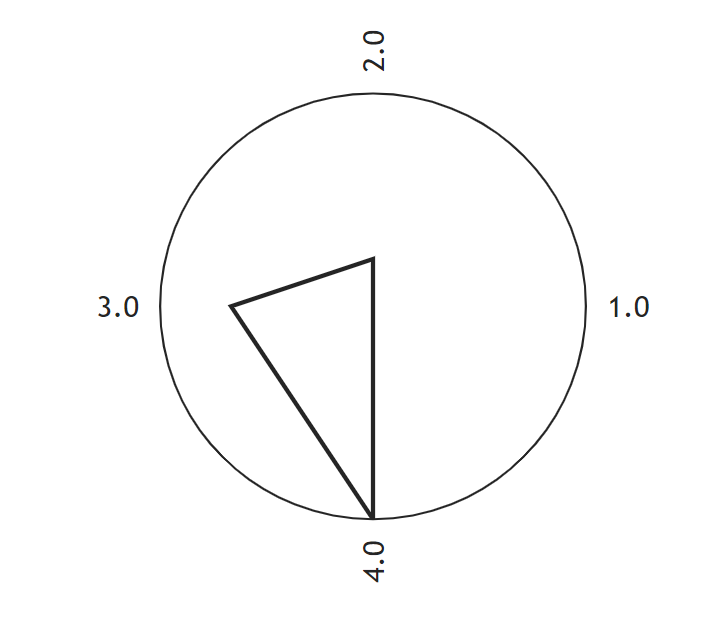
散點圖,這個大家都很熟悉了吧。
def index():
return rx.chart(
rx.scatter(
data = rx.data(
'scatter',
x = [1, 2, 3, 4, 5],
y = [4, 6, 8, 9, 10],
amount = [4, 5, 1, 1, 3]
),
style = {
'data': {
'fill': 'lightblue'
}
},
# 設定氣泡圖中資料點縮放的下限。
min_bubble_size = 3.0,
# 設定氣泡圖中資料點縮放的上限。
max_bubble_size = 5.0,
bubble_property = 'amount'
)
)
結果圖如下。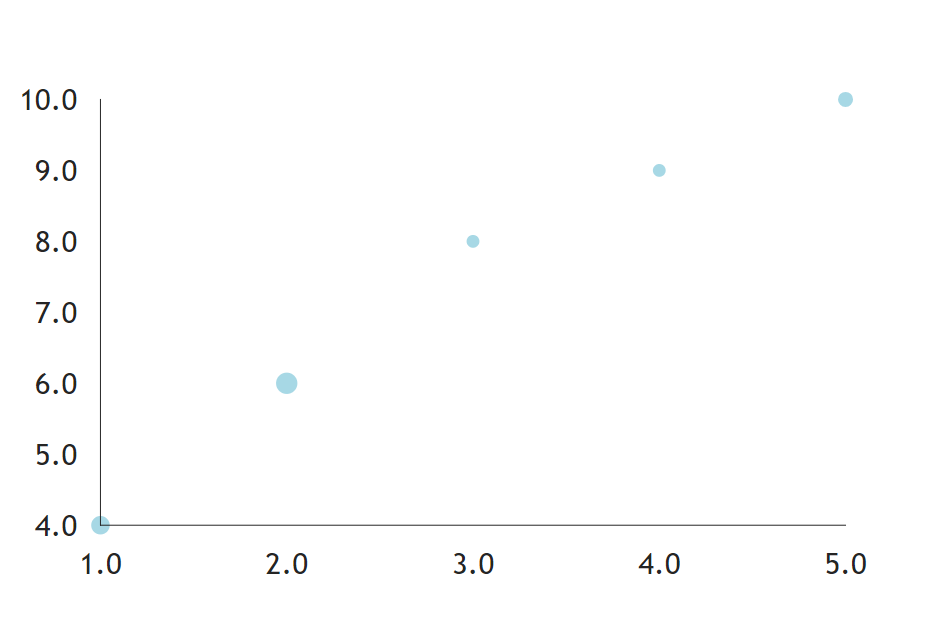
Voronoi圖是一種用來可視化Voronoi單元的方法,通常以多邊形的形式呈現,每個多邊形代表一個Voronoi單元,並且其邊界由與相鄰Voronoi單元的邊界相切的直線或曲線構成。chatgpt
直接上例子。
def index():
return rx.chart(
rx.voronoi(
data = rx.data(
'voronoi',
x = [1, 2, 3, 4, 5],
y = [4, 6, 8, 9, 10],
),
style = {
'data': {
'fill': 'lightblue',
'stroke': '#050A30',
"strokeWidth": 1,
"opacity": 0.5,
}
},
)
)
結果圖如下。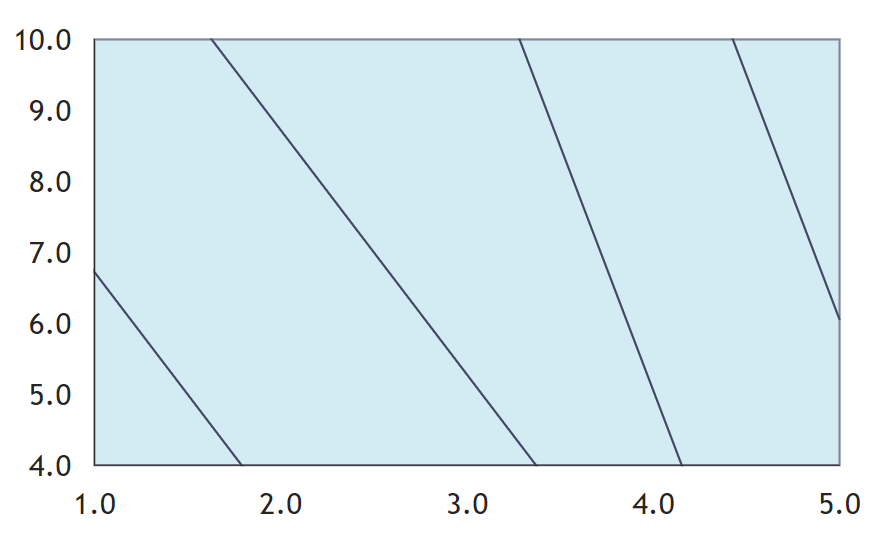
繪製3D圖表會用到的東西,matlib也有。
不過手頭目前沒有可以用的csv檔,我就拿官網的2D範例吧。
def index():
df = px.data.gapminder().query("country=='Canada'")
fig = px.line(
df,
x = "year",
y = "lifeExp",
title = "Life expectancy in Canada",
)
return rx.plotly(data = fig, height = "400px")
記得你要return的對象,不要返回錯了。